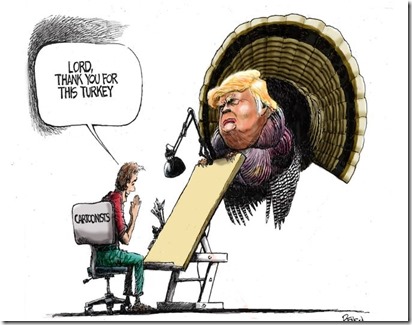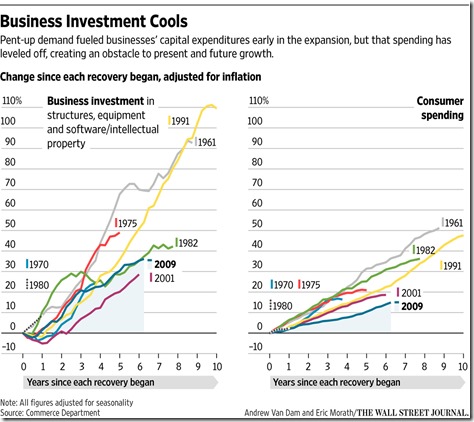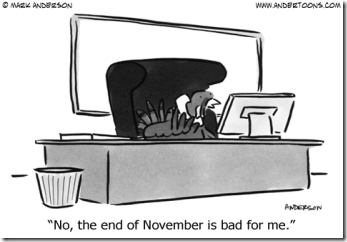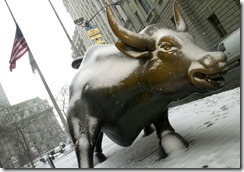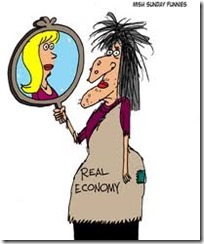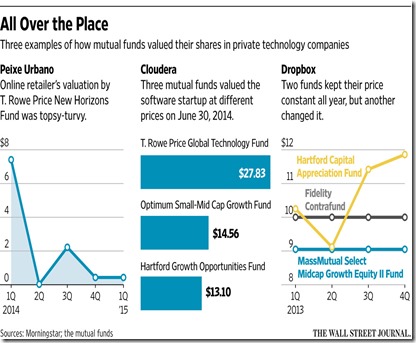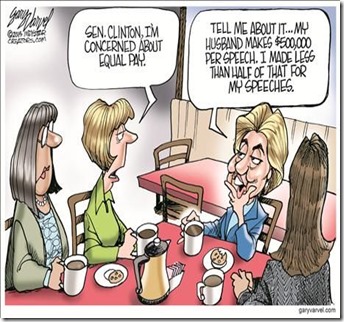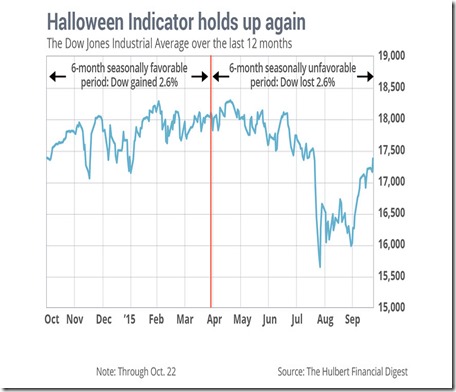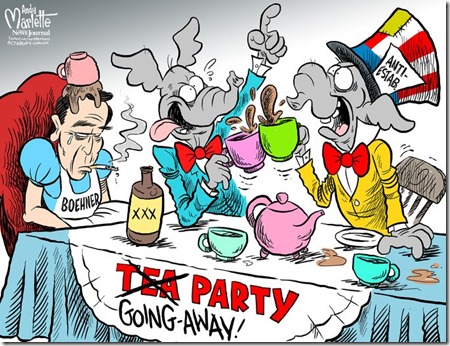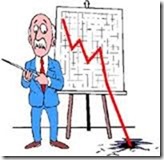 Overlap is good when describing a golf grip, not so when it’s about your investment portfolio. Investors have learned about diversification and asset allocation but have not considered ‘stock overlap’ as a danger to their investment plan. Overlap usually occurs in risky percentages when investing within one fund family and one stock shows up in substantial percentages in each of the individual mutual fund portfolios that make up their asset allocation. Mutual fund companies are able to gain significant cost advantage when they buy individual stocks and then parcel them out to their individual fund managers. It isn’t unusual, in the same mutual fund family, to see a domestic growth fund have many of the same issues included in a world growth fund and even an income fund. The dangers to stock overlap is when markets retreat and those same stocks lead the way. Not knowing that you own a significant share of the same individual stock in all your funds increases risk and volatility. The cure for stock overlap is a lot like getting rid of bed bugs- very difficult. Even mutual funds in several outside fund companies will have some measure of stock overlap. The key to investors is to minimize it but first run an analysis on your portfolio’s stock overlap to understand what you own and how much. Then decide which funds are to be replaced with others of like minded philosophies. If you need help call me. You can get a more diversified, and less volatile, portfolio by reducing your stock overlap.
Overlap is good when describing a golf grip, not so when it’s about your investment portfolio. Investors have learned about diversification and asset allocation but have not considered ‘stock overlap’ as a danger to their investment plan. Overlap usually occurs in risky percentages when investing within one fund family and one stock shows up in substantial percentages in each of the individual mutual fund portfolios that make up their asset allocation. Mutual fund companies are able to gain significant cost advantage when they buy individual stocks and then parcel them out to their individual fund managers. It isn’t unusual, in the same mutual fund family, to see a domestic growth fund have many of the same issues included in a world growth fund and even an income fund. The dangers to stock overlap is when markets retreat and those same stocks lead the way. Not knowing that you own a significant share of the same individual stock in all your funds increases risk and volatility. The cure for stock overlap is a lot like getting rid of bed bugs- very difficult. Even mutual funds in several outside fund companies will have some measure of stock overlap. The key to investors is to minimize it but first run an analysis on your portfolio’s stock overlap to understand what you own and how much. Then decide which funds are to be replaced with others of like minded philosophies. If you need help call me. You can get a more diversified, and less volatile, portfolio by reducing your stock overlap.
 Bad Bet For Companies in October.Corporations boosted their cash allocation in U.S. Treasuries last October, looking for investments that would weather the signs of weakness in the global economy. The move to Treasuries began in September, according to Rhet Hulbert, a senior portfolio manager at Clearwater Advisors. The shift turned out to be a bad bet, as significant economic strength, later in the month, boosted riskier asset classes.- source WSJ 11/25/2015 A lesson for retail investors who ‘think’ they can time the market/
Bad Bet For Companies in October.Corporations boosted their cash allocation in U.S. Treasuries last October, looking for investments that would weather the signs of weakness in the global economy. The move to Treasuries began in September, according to Rhet Hulbert, a senior portfolio manager at Clearwater Advisors. The shift turned out to be a bad bet, as significant economic strength, later in the month, boosted riskier asset classes.- source WSJ 11/25/2015 A lesson for retail investors who ‘think’ they can time the market/
 U.S. Durable Goods Orders Climb 3% in October. These are long lasting goods like refrigerators, cars, and things that are meant to last at least three years. Manufacturing is a small slice of the overall economy, reported the WSJ, but the category is closely watched for the signals it sends for broader demands. Drag from imports and exports should begin to wane as 2016 progresses, said HIS Global Insight Economist Michael Montgomery. ‘But it will be better like hitting one’s finger less frequently with a hammer, rather than happy days are here again.’ =source WSJ 11/ 25/2015 Economy/Economic Data.
U.S. Durable Goods Orders Climb 3% in October. These are long lasting goods like refrigerators, cars, and things that are meant to last at least three years. Manufacturing is a small slice of the overall economy, reported the WSJ, but the category is closely watched for the signals it sends for broader demands. Drag from imports and exports should begin to wane as 2016 progresses, said HIS Global Insight Economist Michael Montgomery. ‘But it will be better like hitting one’s finger less frequently with a hammer, rather than happy days are here again.’ =source WSJ 11/ 25/2015 Economy/Economic Data.
The Commerce Department Reported The Week Before Last That Business Investment Across the U.S. Is One of The Worst Performances of the Six-Year Old Economic Expansion:
Orders for nondefense capital goods, excluding aircraft, declined 3.8% through the first 10 months of this year.
- A stronger dollar and falling commodity prices are sowing caution among a wide swath of companies.
- Industries are consolidating and eliminating excess capacity.Those industries range from retailers to energy firms.
- Business investment decline is far deeper than any experienced since the Depression. (2008-2009).
- A harsh winter put a kibosh on the pace of investment 2014-2015,
- Spending on mining and oil-field equipment fell 46% from a year earlier.
source WSJ 12/1/2015 Continuation will support a low-growth environment going forward.
Bob Doll,CFA Nuveen Asset Management Weekly Commentary 11/30/2015:
‘There are legitimate reasons for concern, but we expect the global economy to gradually improve over the coming year.’
MARKETS RESPOND NICELY TUESDAY
 New Car sales boosted the markets Tuesday. DJIA +168, S&P 500 +22 and Naz +47. Healthcare & Tech were the leading sectors.
New Car sales boosted the markets Tuesday. DJIA +168, S&P 500 +22 and Naz +47. Healthcare & Tech were the leading sectors.
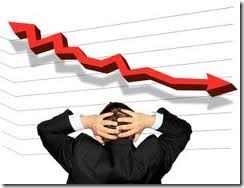 So when is oil going to hit rock bottom? According to CNBC 46% of analysts say first part of 2016. Then 29% say it could be sooner. The fact that we are almost swimming in oil with the biggest surplus ever with 211 million barrels above 5-year average. U.S. domestic storage of oil is 189 million barrels ahead of last year. source CNBC & Criterion Research. 12/1/2015
So when is oil going to hit rock bottom? According to CNBC 46% of analysts say first part of 2016. Then 29% say it could be sooner. The fact that we are almost swimming in oil with the biggest surplus ever with 211 million barrels above 5-year average. U.S. domestic storage of oil is 189 million barrels ahead of last year. source CNBC & Criterion Research. 12/1/2015
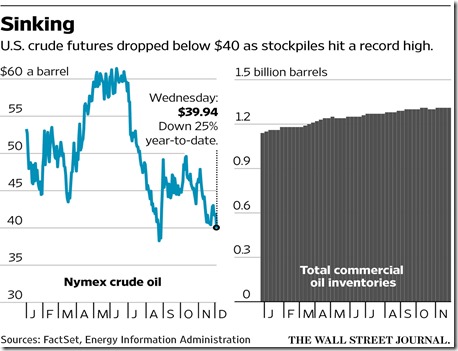 If You Were Looking For That ‘Black Gold’ Rock Bottom Wednesday May Have Been It? The Saudi’s are bound and determined not to cut production and keep on pumping. Oil fell below $40 Wednesday on news of more glut and a continuing battle between producers in OPEC and the U.S., fighting for market share. The Saudi’s have attempted to ‘run’ the Americans out of the oil business but domestic drillers have instituted deep cost cuts and with support from banks, that have kept loans flowing, has helped the domestic industry weather the price collapse. The Dow fell 160 points chiefly on news of weaker global economies and the glut of oil. News that the Fed was on track to raise rates in December may have contributed to some of the action, as Ben Levisohn mulled in Barrons.com, even as others (Jeremy Hale at Citigroup) considered the stronger dollar to weigh on U.S. stocks in the near term. Sources WSJ, The Financial Times, CNBC and Barrons.com. 12/2/2015-12/3/2015
If You Were Looking For That ‘Black Gold’ Rock Bottom Wednesday May Have Been It? The Saudi’s are bound and determined not to cut production and keep on pumping. Oil fell below $40 Wednesday on news of more glut and a continuing battle between producers in OPEC and the U.S., fighting for market share. The Saudi’s have attempted to ‘run’ the Americans out of the oil business but domestic drillers have instituted deep cost cuts and with support from banks, that have kept loans flowing, has helped the domestic industry weather the price collapse. The Dow fell 160 points chiefly on news of weaker global economies and the glut of oil. News that the Fed was on track to raise rates in December may have contributed to some of the action, as Ben Levisohn mulled in Barrons.com, even as others (Jeremy Hale at Citigroup) considered the stronger dollar to weigh on U.S. stocks in the near term. Sources WSJ, The Financial Times, CNBC and Barrons.com. 12/2/2015-12/3/2015
 A few things happened Thursday and one or both may have contributed to the Dow taking a nosedive down 250 points. One the Fed is almost assured of raising interest rates a tad this month, as Janet Yellen indicated the day before; and the other was backlash from the ECB meeting where Mario Draghi suggested earlier in the year that December the bank would be doing something big. What he did fell short of what traders expected. And it failed to kindle any kind of confidence about the ECB’s ability to ‘re-anchor’ inflation expectations. We haven’t seen two bad days like this since September. Source Barrons.com and WSJ 12/3/2015
A few things happened Thursday and one or both may have contributed to the Dow taking a nosedive down 250 points. One the Fed is almost assured of raising interest rates a tad this month, as Janet Yellen indicated the day before; and the other was backlash from the ECB meeting where Mario Draghi suggested earlier in the year that December the bank would be doing something big. What he did fell short of what traders expected. And it failed to kindle any kind of confidence about the ECB’s ability to ‘re-anchor’ inflation expectations. We haven’t seen two bad days like this since September. Source Barrons.com and WSJ 12/3/2015
Questions call Paul @ 586 295 0430 or write him @ pstanley@westminsterfinancial.com. Share this blog with someone who cares about their money.
Securities offered through Westminster Financial Securities, Inc., Member FINRA/SIPC.
